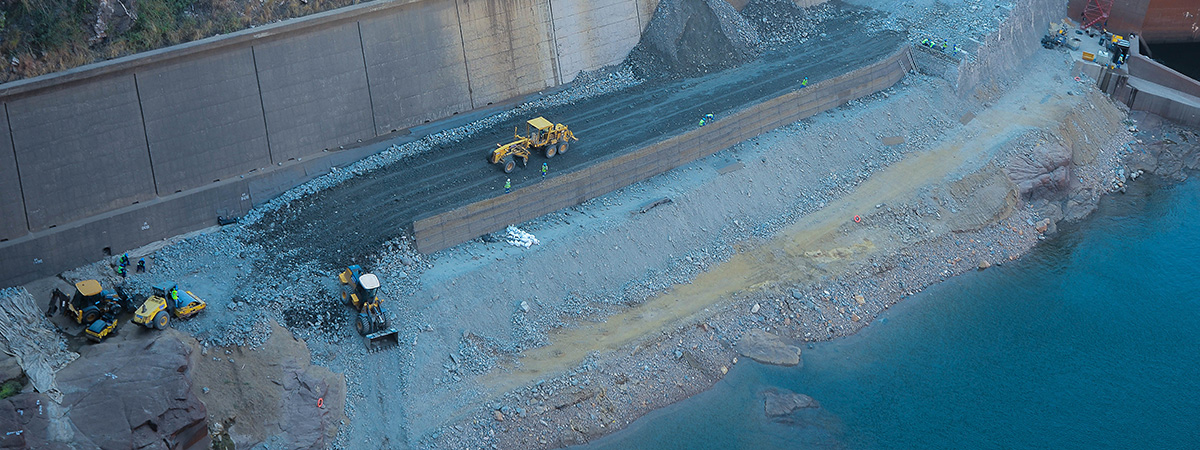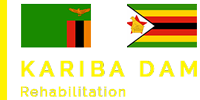The natural river bed downstream of the dam has eroded over time as a result of heavy spillage of flood waters, particularly in the dam’s early years, to form a deep plunge pool.
The Zambezi River Authority has monitored the performance of the dam infrastructure in accordance with the Standing Operations Procedure since its impoundment in 1958.

Over the years it has implemented routine interventions to slow the natural erosion, including controlling the volume of spillage. The construction of the second power station in the 1980s also reduced the spillage as more water was diverted for power generation than before. As a result, the natural erosion has slowed and no significant changes to the plunge pool floor have been recorded in the last 15 years.
However, the Zambezi River Authority and independent consulting engineers in their routine monitoring of the dam infrastructure, have recommended rehabilitation works to the plunge pool to enhance its stability and reduce the backward scour towards the dam foundations.
Why reshape the plunge pool?
- Excavating the downstream end of the plunge pool will increase its size, reducing the pressure the water spilling into the plunge pool exerts on the base of the pool thereby slowing the erosion of the natural rock floor.
- Reducing the slope of the downstream end of the plunge pool will decrease the amount of swirling and ensure the smooth flow of water out of the pool and into the river.
- Reinforcing the wall of the plunge pool will strengthen and stabilize it.
What do the plunge pool works entail?
The works on site, which follow the procurement and documentation phase of the project, include the site installation; the construction of permanent and plunge pool access roads; the construction of a coffer dam and dewatering of the plunge pool; the excavation works and fault treatment; refilling the plunge pool and the demolition of the coffer dam.
How long will the works take?
The plunge pool reshaping will be completed in approximately three years.
Who is funding the project?
The plunge pool reshaping is wholly funded by the European Union through a €64 million grant to the Republic of Zambia.
What environmental and social impacts with the plunge pool works have?
The plunge pool works will have minimal negative impact on communities and the environment in the region of the dam. Rather, the works will bring some benefits to local communities, creating job opportunities for unskilled and semi-skilled workers and stimulating local businesses.
No people will be displaced or resettled as the works will be undertaken within the plunge pool area.
The flora and fauna in the vicinity of the dam and downstream of the works will not be affected by the works. The quality and volume of water in the lake and the river downstream of the plunge pool will not be affected by the plunge pool reshaping works.
Will the plunge pool reshaping works affect hydropower production?
The water used to generate hydropower is diverted from the lake into the power stations upstream of the dam wall. The volume of water available for power generation will not be affected by the plunge pool works.






